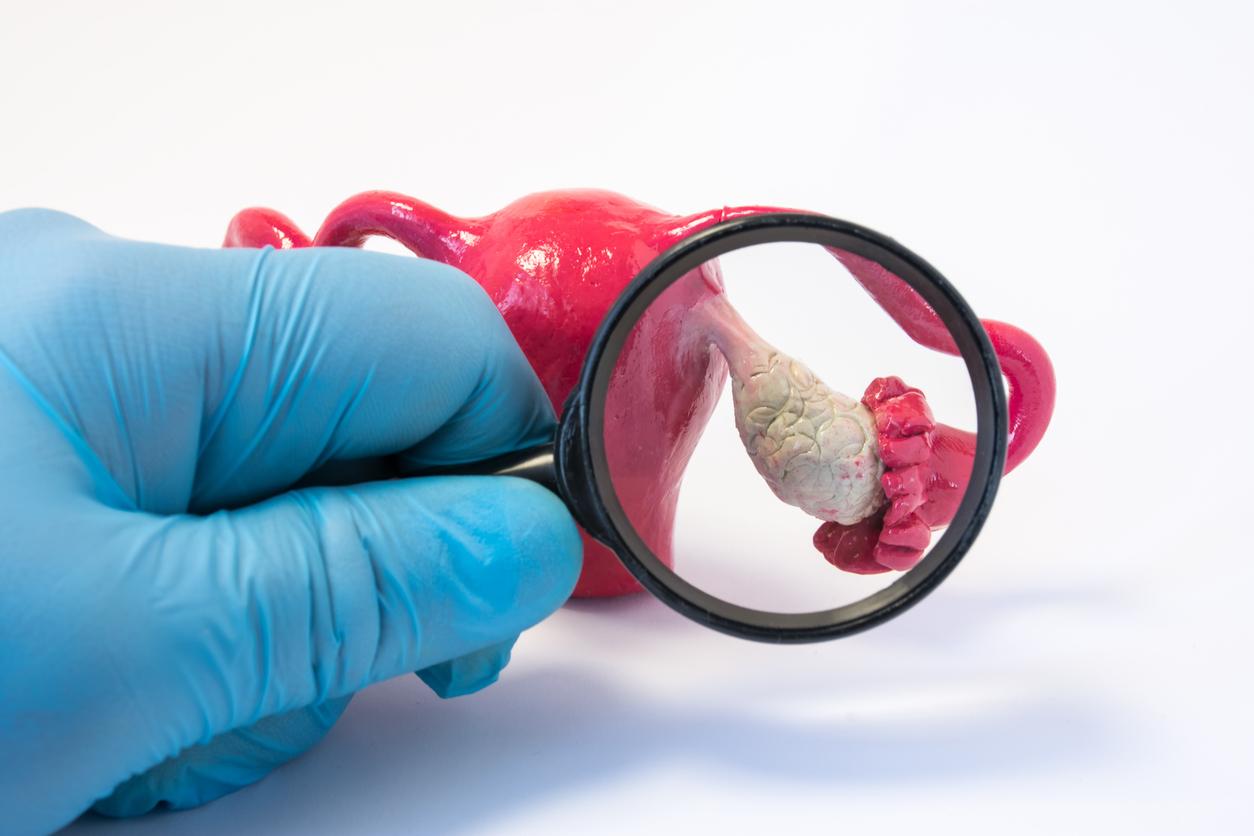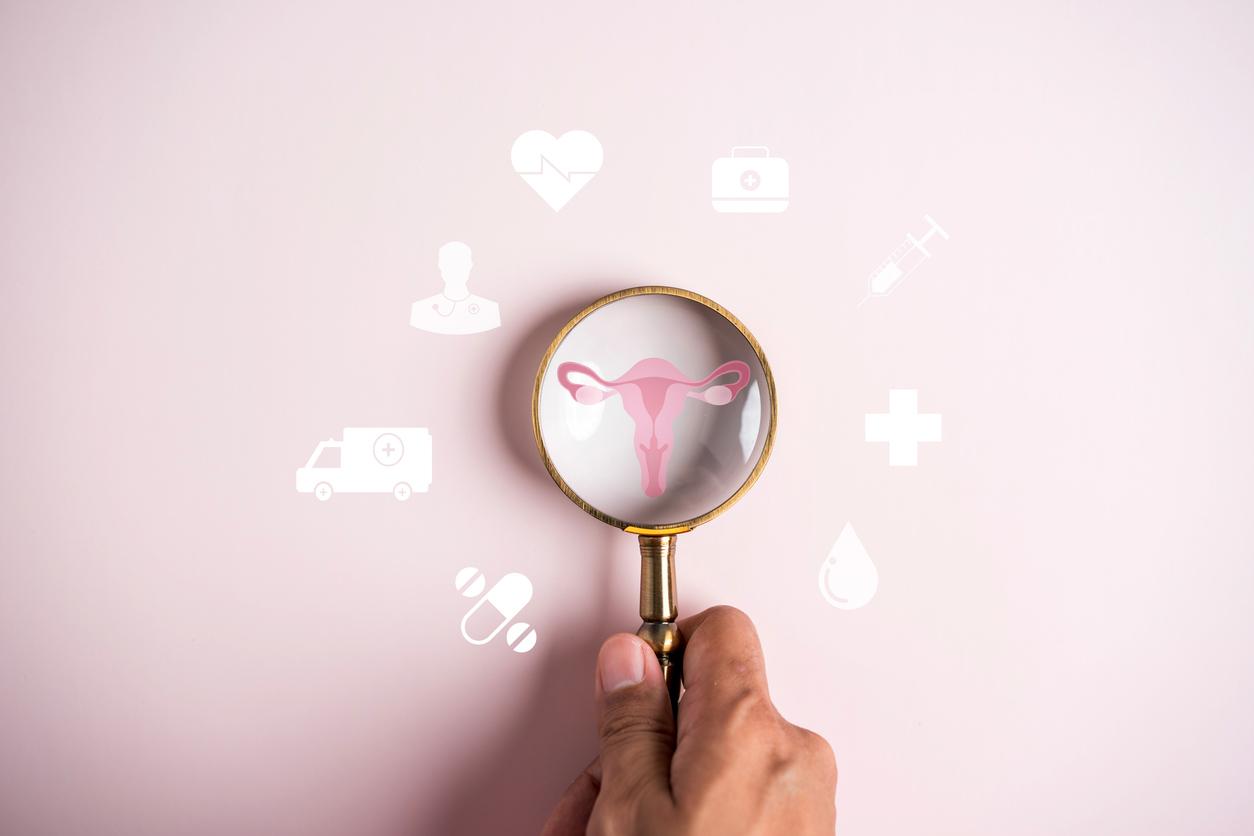Among the tracks of prevention of Parkinson’s disease, physical activity is regularly mentioned. To better understand the benefits of this physical activity for women, Inserm researchers with Gustave Roussy followed a cohort of nearly 100,000 women for 29 years. They were thus able to observe that the more women were active during their lifetime, the lower their risk of developing Parkinson’s disease, with a benefit of physical activity already present more than 20 years before diagnosis.
The 2nd most common neurodegenerative disease
Parkinson’s disease is the second most common neurodegenerative disease in France. This disease is characterized by the destruction of certain brain neurons and by the accumulation of proteins which are toxic to them. Nowadays, there is no cure ; it is therefore essential to identify avenues for prevention.
For this study, which has just been published in the journal Neurology, the practice of physical activity by the participants was estimated throughout the 29 years of follow-up from 6 individual questionnaires completed at different stages. The data obtained made it possible to compare the practice before diagnosis in participants with the disease with those of participants of the same age who were not ill.
A 25% reduced risk of developing the disease
The researchers thus observed that the more women had a significant physical activity, the lower their risk of developing Parkinson’s disease, even when physical activity was assessed more than 20 years before diagnosis. The most active women thus presented a reduced risk of approximately 25% of developing the disease compared to the less active.
The study also shows that women who developed the disease presented, in the 10 years preceding diagnosis, a significant drop in their physical activity, probably caused by bothersome precursor symptoms.
Walking, cycling, gardening… so many beneficial activities
“These results support the interest of setting up physical activity programs to prevent Parkinson’s disease in people at risk and invite other studies to be carried out in order to understand what type of activity and what level of intensity are the most beneficial,” says Berta Portugal, the main author of this work.
>> Note that for this study, it is not only the practice of a sport that was considered as physical activity but also the daily walking distance, the number of stairs climbed, bicycle trips, time spent in light and intense household activities, and time devoted to light recreational activities such as gardening.
Source : Association of physical activity and Parkinson’s disease in women: Long-term follow-up of the E3N cohort studyNeurology, May 2023


















